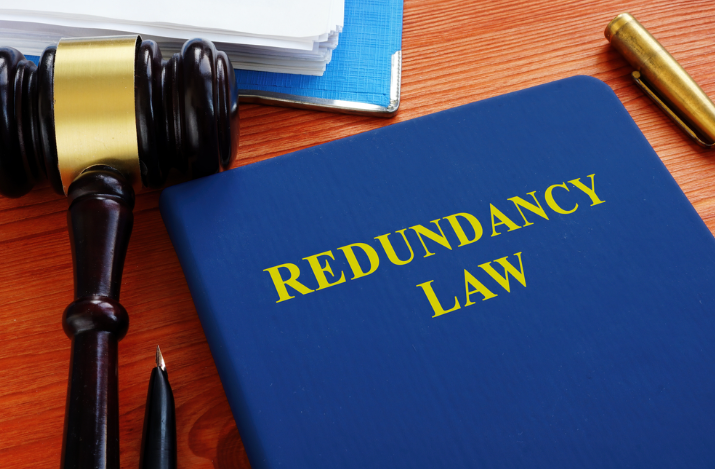Are you a homeowner looking for ways to boost your finances? If so, equity release might just be the solution you’ve been searching for. This financial option allows you to tap into the value of your home without selling it, providing you with cash flow when you need it most. Whether you’re planning for retirement, funding home improvements, or simply seeking extra income, understanding how equity release mortgages work is essential.
Let’s dive deep into what equity release entails and explore its various facets to help you make an informed decision about releasing equity in your house!
What is Equity Release?
Equity release is a financial product designed for homeowners, typically aged 55 and over. It allows individuals to access the cash tied up in their property without selling it.
By releasing equity from your house, you can unlock funds for various purposes—be it home improvements, travel, or simply enhancing your retirement lifestyle.
There are different methods to achieve this. The most common forms include lifetime mortgages and home reversion plans. With these options, you retain ownership of your property while borrowing against its value.
As you age, the amount of equity in your home may increase based on market conditions and rising property values. This makes equity release an appealing option for many seeking financial flexibility during their later years.
📩 Enquire Now – to unlock the potential of your property today with Money Maximising Advisors.
Types of Equity Release Mortgages
Equity release mortgages come in a few distinct types, each designed to suit different needs and circumstances. The most common are lifetime mortgages and home reversion plans.
A lifetime mortgage allows homeowners to borrow against the value of their property while retaining ownership. You can continue living in your house until you pass away or move into long-term care. The loan plus interest is repaid from the sale of the home afterwards.
On the other hand, a home reversion plan involves selling a portion of your property to a lender in exchange for cash. This means you receive money upfront but don’t fully own your home anymore.
Both options provide ways to access funds tied up in your property without needing to relocate immediately. Understanding these differences is crucial when deciding how best to release equity from your house effectively.
How Does Equity Release Work?
Equity release allows homeowners to unlock the cash tied up in their property without having to sell it. This process typically involves obtaining a loan against the home’s value, which is repaid later.
When you choose equity release, a lender assesses your property’s worth and determines how much equity you can access. This amount varies based on age, health, and property value.
The funds obtained can be taken as a lump sum or smaller amounts over time. Homeowners often use this money for retirement purposes or unexpected expenses.
Interest rates on these loans can differ significantly among providers. It’s essential to compare various equity release mortgage lenders to find the best deal that suits your financial situation.
Remember, releasing equity from your house means that while you’re accessing valuable cash now, you’ll ultimately reduce the inheritance left for any beneficiaries.
📅 Book Now – Schedule your consultation with our expert advisors today.
Benefits and Drawbacks of Equity Release
Equity release can offer significant financial support, especially for those in retirement.
- One of the primary benefits is access to cash without needing to sell your home. This money can be used for various purposes, from home improvements to funding travel adventures.
- However, it’s essential to consider potential drawbacks as well. Releasing equity in your house often reduces the value of your estate because you’re borrowing against it. Consequently, heirs may receive less when you pass on.
- Interest rate on equity release plans tends to be higher than traditional mortgages. This could mean more debt accumulating over time if not managed carefully. Additionally, some schemes might limit your options for moving or downsizing later.
Understanding both sides allows homeowners to make informed decisions about their finances and future needs.
Eligibility for Equity Release
Eligibility for equity release for my home typically revolves around age and property value. Most providers require you to be at least 55 years old. This age threshold helps ensure that the product aligns with your financial goals in retirement.
Your home must hold sufficient value, usually a minimum of £70,000 or more. Lenders assess this to determine how much equity can be released from your house.
Ownership is another crucial factor. You should own the property outright or have a small mortgage balance remaining. If there’s an outstanding loan, it may need to be settled before proceeding with equity release mortgages.
Lenders also look at your health status and lifestyle choices since these factors can influence interest rates on equity release products. Some companies offer enhanced plans for those with health issues, enabling you to access more funds based on life expectancy assessments.
Alternatives to Equity Release
Equity release isn’t the only option for accessing funds in retirement. Homeowners might consider downsizing as a practical alternative. By selling their current property and moving to a smaller, more affordable home, they can free up cash while still enjoying comfortable living.
Another route is securing a traditional loan or personal line of credit. These could provide the necessary funds without affecting ownership of your house, although eligibility often depends on income and credit score.
Selling unwanted possessions also offers immediate financial relief. Whether it’s antiques or unused collectibles, decluttering can generate quick cash.
Family support should not be overlooked. Some homeowners explore informal loans from relatives who may want to assist without involving lenders or complicated interest rates. Each option has its pros and cons worth considering before deciding how best to manage finances in retirement.
Conclusion
As you navigate the world of equity release mortgages, it’s crucial to weigh your options carefully. Equity release can provide a valuable means to access cash from your home, allowing for greater financial flexibility in retirement or during other life stages.
However, it’s essential to understand how different types of equity release work and the specific terms offered by various lenders. Be mindful of factors like Equity Release Mortgage Interest Rates on equity release and how they can impact your long-term finances.
While there are numerous benefits such as tax-free lump sums or regular income streams, drawbacks exist too—such as reducing the value of your estate. Therefore, consulting with Money Maximising Advisors is advisable for tailored advice based on personal circumstances.
By doing thorough research and engaging with knowledgeable professionals in the field of equity release mortgage lenders and rates, you’ll be well-equipped to make an informed decision that aligns with both current financial goals and future aspirations.
📞 Contact Us – We’re here to help you make the smartest mortgage decision!




